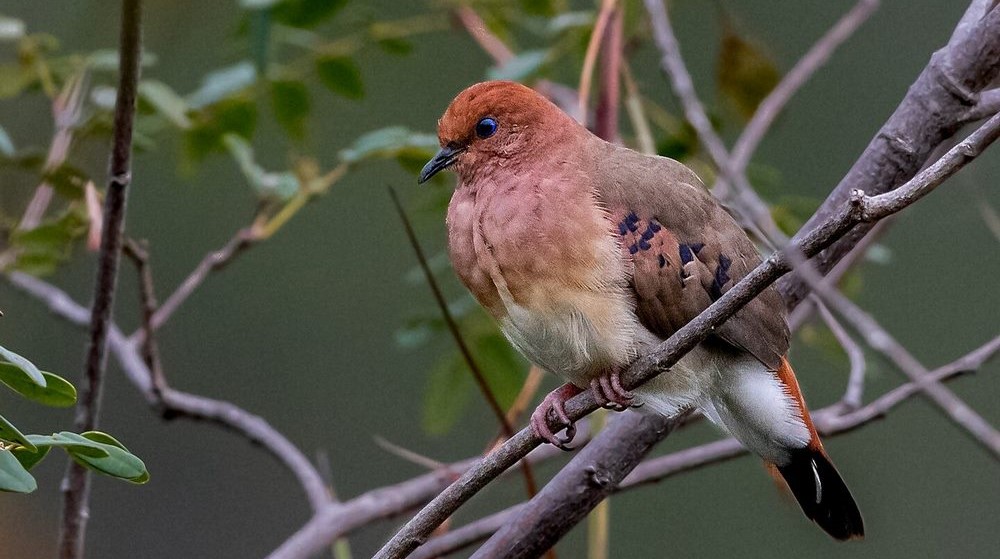
Vidyasagar JagtapIn the dense, verdant forests of Arunachal Pradesh, India, a chance encounter sparked a conservation movement that would resonate far beyond its origins. Ramana Athreya, an astrophysicist with a passion for birdwatching, was traversing a narrow jungle trail near the Eaglenest Wildlife Sanctuary when a flash of vibrant color caught his eye. “I was simply passing through when, out of nowhere, a flash of brilliant color stole my attention,” he later recalled. There, gliding gracefully through the foliage, was a bird unlike any he had ever seen—its olive-grey plumage complemented by a striking black cap and vivid patches of yellow, red, and white on its wings. Before Athreya could fully absorb the sight, the bird vanished into the dense canopy, leaving him with a sense of wonder and an unquenchable curiosity to learn more.An Unexpected DiscoveryThat fleeting moment set Athreya on a path of discovery. Over a decade later, in 2006, he returned to the area with renewed determination and was able to document the bird meticulously. Given the species' apparent rarity, Athreya and his team employed non-invasive methods, collecting feathers, photographs, and audio recordings of its soft, flute-like calls. This careful approach ensured the bird's safety while allowing for its formal identification as a new species—the Bugun...




